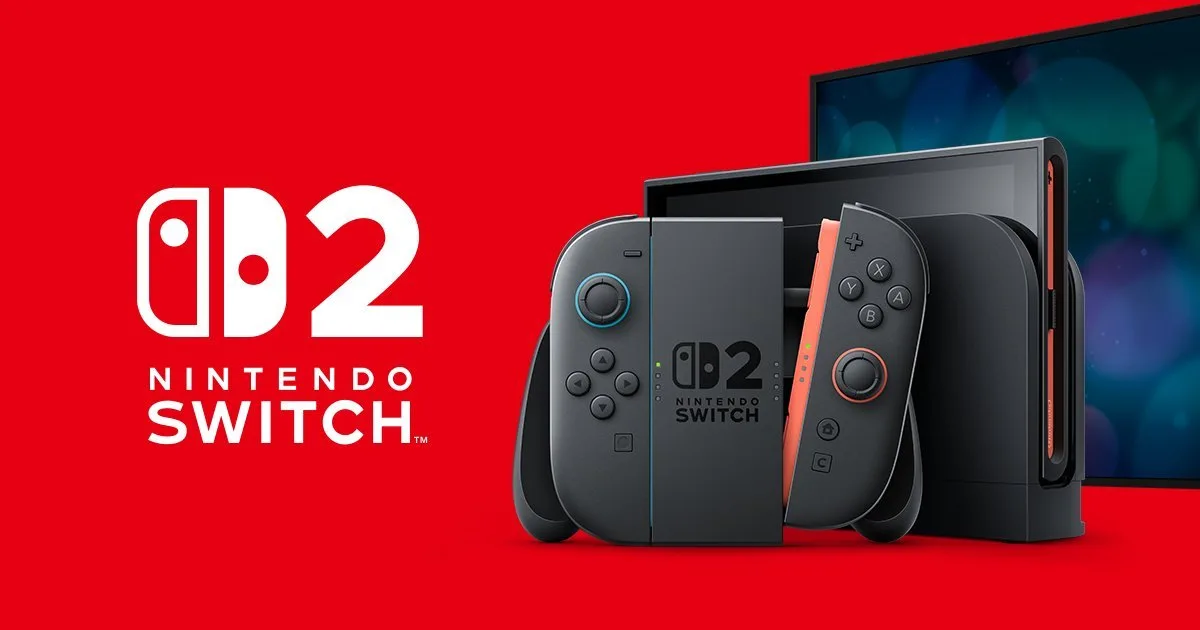In a pivotal earnings briefing, Nintendo not only unveiled its fiscal targets for the coming year but also pulled back the curtain on several headwinds affecting its next-generation console, the Nintendo Switch 2. The report paints a picture of a company determined to expand its platform while managing the challenges of tariffs, a high price point, and an evolving global supply chain—all amid soaring expectations from investors and fans alike.
Nintendo’s numbers reveal a fascinating juxtaposition between robust aspirations and recent financial turbulence. The company projects an operating profit of 320 billion yen and an ordinary profit of 380 billion yen for the fiscal year ending March 31, 2026. By comparison, its past figures saw operating profits of 528.9 billion yen (FY2024) and 282.5 billion yen (FY2025). Translating these figures—even approximately using the rough guide provided in the briefing (where 10 billion yen is about US$67 million)—highlights both the challenges ahead and the massive scale at which Nintendo operates. For instance, 320 billion yen converts to roughly US$2.14 billion in operating profit, underscoring Nintendo’s ambition to rebound and stabilize in uncertain economic times.
Tariff Troubles and Trade Uncertainty
Central to Nintendo’s latest disclosure was the impact of volatile international tariff policies. During the briefing, President Shuntaro Furukawa explained that the legacy of U.S. tariff policies—based on rates effective from early April—had been factored into the company’s financial models. He noted that the forecast “includes a negative impact of several tens of billions of yen at the profit level.” In stark terms, a single negative adjustment of 10 billion yen equates to roughly US$67 million. Although recent U.S.–China trade adjustments (lowering tariffs significantly) may alter these figures, Nintendo remains cautious, stating that any future policy changes could necessitate pricing adjustments to protect profitability .
Another recurring theme is the challenge posed by the Switch 2’s premium pricing. Set at an MSRP of US$449.99 for the base model—with a bundled version featuring Mario Kart World coming in at US$499.99—the new console stands markedly higher than its predecessor. As Furukawa candidly explained,
“Nintendo Switch 2 is priced relatively high compared to Nintendo Switch, so we recognize that there are corresponding challenges to early adoption.”
This deliberate pricing strategy is designed to reflect not only enhanced hardware features but also to absorb potential tariff costs. At a forecast of 15 million unit sales over the coming fiscal year, this price point implies potential hardware revenues on the order of US$6.75 billion—a figure that sets high expectations for market performance .
Nintendo is not standing still in the face of these challenges. Recognizing that early adoption might be tempered by the high entry cost, the company has deployed strategic measures such as the Mario Kart World bundle. This move aims to incentivize consumers and accelerate the install base—mirroring the explosive launch of the original Switch in 2017. Moreover, Nintendo expects strong software sales to accompany the hardware push, forecasting that over 45 million Switch 2 game units will move through the same fiscal period. The strategy, while ambitious, is a calculated effort to maintain momentum beyond the initial launch window and ensure a long-term ecosystem for gamers.
Production Challenges and Global Supply Dynamics
Beyond pricing and tariffs, Nintendo is grappling with the complexities of a diversified manufacturing base. With the Switch 2 produced in a mix of China, Vietnam, and Cambodia, the company faces logistical hurdles amid a fluid global trade environment. While efforts to shift production away from heavily tariffed regions are ongoing, the reality is that any disruptions—whether from changing trade policies or supply chain bottlenecks—can have a direct impact on profit forecasts. Nintendo’s management has stressed that tariff assumptions (such as the current 10% rates on goods from China and Vietnam) are baked into their forecasts, but they remain ready to adjust prices if these rates shift further .
Nintendo’s latest earnings report is as much a roadmap for future growth as it is an acknowledgment of real-world risks. The high price of the Switch 2, potential tariff costs, and the challenge of sustaining momentum post-launch all paint a picture of a company that is well-aware of the risks it faces. Yet, the same report also exudes cautious optimism: Nintendo aims to replicate the installing success of the original Switch while building on decades of brand loyalty and unparalleled innovation. If Nintendo can adapt quickly to tariff policy changes and maintain consumer enthusiasm, its next launch could well be a defining moment that cements its legacy in an increasingly competitive market .
As the Nintendo Switch 2 prepares for its early June launch, the balance between pushing cutting-edge hardware and managing external economic factors will be closely watched by industry analysts and devoted gamers alike. While there is no shortage of challenges—from converting tens of billions of yen in potential losses into a sustainable profit model, to weathering the unpredictability of international trade—the company’s proactive measures and strategic pricing could serve as a blueprint for future console launches. Nintendo’s approach reminds us that even in the face of adversity, bold innovation and strategic foresight remain fundamental to success in the gaming industry .
Nintendo’s earnings and strategic roadmap provide plenty of fodder for discussion. Beyond these reported numbers, you might be curious about how similar market challenges have influenced other major console launches or how trade policies continue to reshape the consumer electronics landscape. Whether you’re a long-time fan of Nintendo’s storied franchises or simply keen to understand the evolving currents of global gaming, the unfolding story of the Switch 2 promises to be one worth following.
